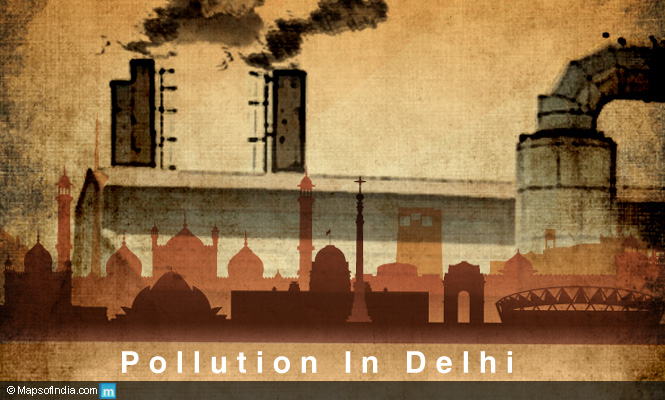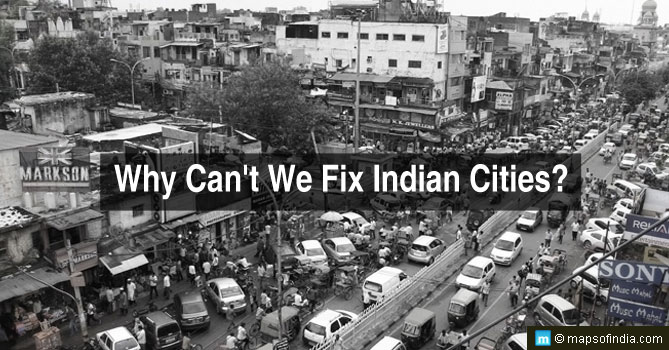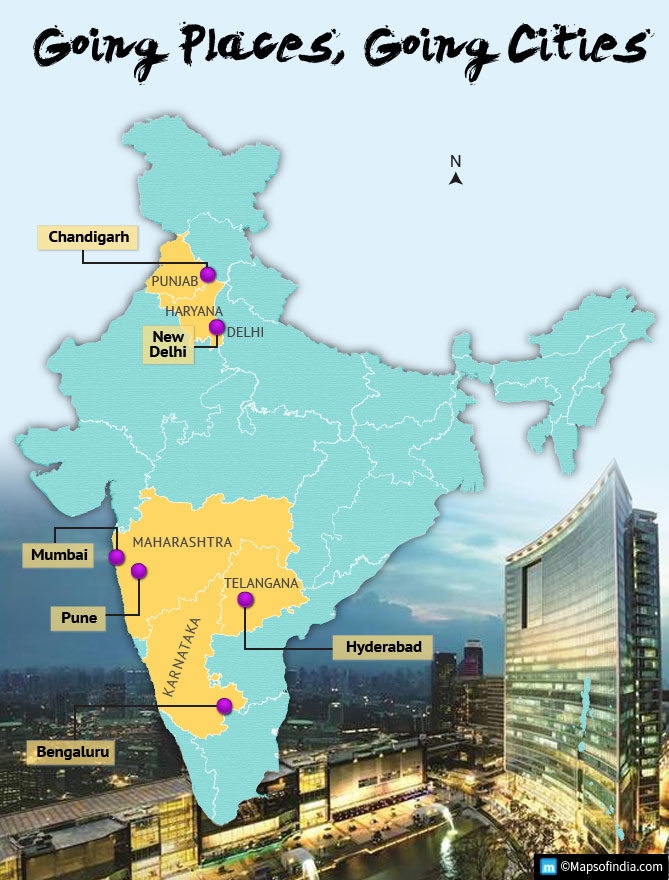Environmental pollution in Delhi has reached a dangerous level that today the entire city chokes in the midst of dust, dirt, toxic substances hovering all around. One primary cause of too much of pollution in Delhi is the ever-increasing growth of factories and small industries in unauthorised areas, especially the residential areas.
According to a report submitted by Delhi-based NGO Toxics Link in 2013, there are more than 1 lakh industrial units operating in unauthorised, non-conforming zones located in residential areas, out of a total of 1.30 lakh industrial units in Delhi. This is a serious issue, affecting the health of the people.
These industries are mainly highly polluting chemical, rubber, metal, asbestos, and plastic factories. Some manufacture inferior quality products. There are small factories that produce electrical spare parts, wires, auto-spare parts and assembling of parts, seat covers, cases and boxes, plastic bags, iron smelting, textiles etc. Only a few of these factories are registered.
Toxics Link identified a few residential areas in Delhi which have factories in the localities, causing unacceptable environmental impacts. These areas are Okhla, Patparganj, Mayapuri, Naraina, Samaypur Badli, Nazafgarh, Mandoli, Motinagar, Ghazipur, Libaspur, Anand Parbat, Wazirpur, Yamuna Vihar, Shastri Park, Mustafabad, etc.
Causes of growth of industrial units in residential areas
- Land pressure: Delhi’s population was around 18 million in 2013 and is growing at an alarming rate. The city, therefore, faces an extreme pressure on land. In the absence of cost-effective housing, the poor migrants occupy the vacant public spaces, which develop into slums. Others live in rented accommodation and informal settlements.
- Increase in the number of workers in factories: These poor people and immigrants from other States constitute the bulk of labourers working in the factories in the residential areas. While others work as washermen, people who iron clothes, servants, garbage collectors, watchmen, sweepers etc.
- No supervision by senior officials: The concerned official authorities like as the MCD, NDMC, PWD have failed to keep a track or close watch on various localities, thereby allowing the growth of factories in the residential areas. There has been no proper restriction on the type of manufacturing units being set up in the residential areas.
- Corruption: Another reason is corruption. These factories or industrial units in residential areas are usually the small ones, employing just about 5-15 people. So the business owners set up their units without a hitch by filling in the pockets of the so-called officials of the Government.
Problems associated with growth of industrial units
- Growth of slums: Many slums inhabited by factory labourers have grown around the residential areas.
- Power cuts: These factories and industrial units, and also the slums, use unlawful electricity connections (often illegally tapped from overhead wires), resulting in frequent power cuts in the residential houses.
- Water shortage: The people in the slums make use of water supply in the residential areas, that too free, thereby causing shortage of water supply for the other local residents.
- Air pollution: Burning of fossil fuels and wastes in factories, emission during the process of manufacturing cause air pollution. As a result, children and elders are vulnerable to diseases transmitted by air pollution.
- Water pollution: Water pollution is another major problem. Textiles dyeing, rolling and pickling units, cleaning and washing metal, disposal of chemicals, acids and other wastes in the nearby water bodies have polluted the water in these areas. Not only the water becomes acidic, but also contain heavy metals like iron, cadmium, chromium, copper, nickel and lead. Water-borne diseases and infections are therefore very common. Factory waste water seeps into the groundwater, polluting the water from hand pumps.
- Solid wastes: Since these residential areas do not have proper solid waste disposal facilities, the disposed garbage from the factories ends up on the streets, before being carried away by sweepers, that too not at regular intervals. The solid wastes from households are not toxic but the industrial wastes are toxic materials and dangerous. The garbage also chokes the open sewer lines. It also creates the breeding grounds for mosquitoes.
- Traffic congestion: The frequent movement of finished and unfinished products from these units leads to traffic congestion in the already overcrowded and narrow by-lanes of the residential areas.
- Noise pollution: The noise level around these units is maddening for the local residents. The noise is generated from the generators and machines. The worst thing is that there is no end to the noise as these factories are operating till late at night. Some local residents have also claimed that vibrations caused by machines have created cracks on the walls of their houses.
Government’s role
In 2000, the Supreme Court had ordered the MCD and the Government to enforce the Delhi Master Plan, on removing non-conforming industrial units from the residential areas. According to the Master Plan of Delhi, industries should no longer be allowed in residential areas of Delhi. In the first phase, 168 large illegal industries were ordered to close by the Supreme Court. And 762 industries were identified and sent legal notices to close down their operations. However, the efforts made by the Government to ban the illegal factories was not a successful one as it did not provide any fair alternatives. There was opposition from both factory owners and labourers, which resulted into riots, claiming lives. Since then, a number of legal notices and laws have been imposed by the Government but of no success. Delhi still chokes with the increasing number of factories in illegal areas.
What should the Government Do?
- The Government needs to implement integrated policies for factories and small-scale units by providing well serviced sites for re-establishing small factories.
- Efforts must be made to provide housing for the labour families at little distance from the factories.
- The Government should provide proper infrastructure.
- Precise and well-accessible land records should be maintained so that no illegal constructions of factories take place.
- Corrupt practices in bureaucracy and short-term policies in the Government still exist, which need to be stopped immediately.
What should the citizens do?
As far as the local residents are concerned, it’s high time that they did not take things for granted. It’s time to revolt and rise. My personal suggestions for all local residents who are suffering from the growth of factories in their localities are as follow:
- Make a list of the existing units in your localities and send the list to the authorities in the MCD, to make them aware of such illegal factories.
- Keep on regularly visiting these officials with your problems so that they are bound to take an action.
- Keep an eye on any unoccupied vacant space on a regular basis so that it is not used for setting up any new units.
- Also, there is the National Consumer Complaints Forum where you can put forward your complaints.
- The members of the Residents Welfare Associations must also get involved in such matters.
Read More:
10 Ways to Protect Children From Air Pollution
Air Pollution in Delhi is Caused by Vehicles
Vehicular Pollution in Delhi and Its Impact on Lotus Temple
Plastic Pollution: A Threat to Ecosystem
Air pollution in India
Pollution in Delhi
River Pollution in India
Pollution Control in India






